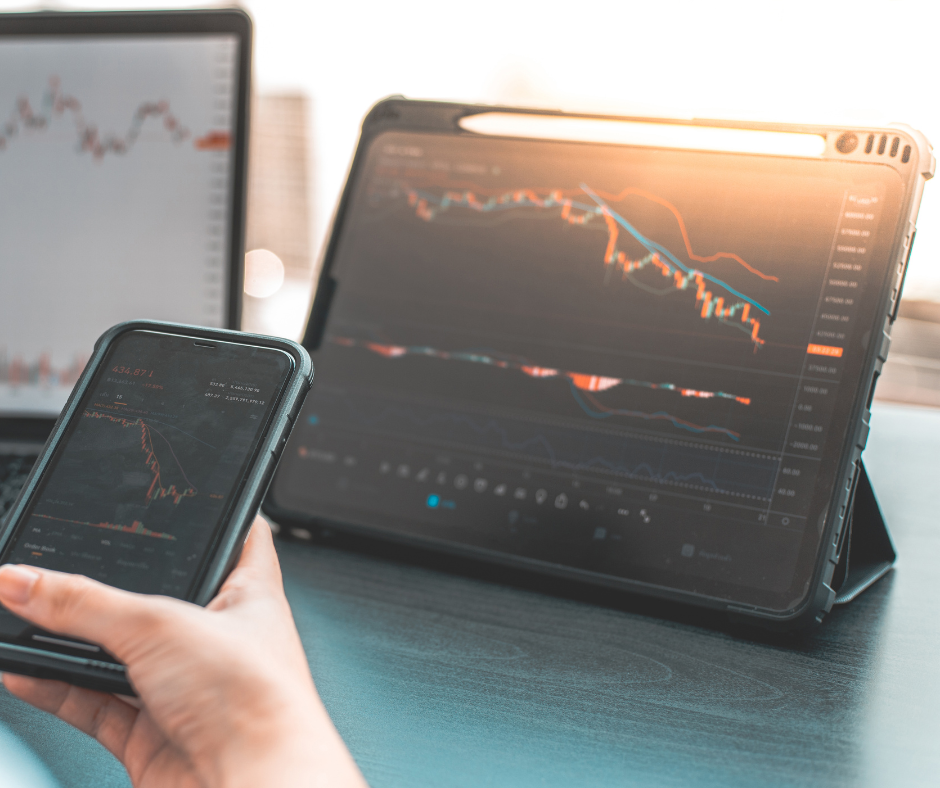
Introduction:
Forex trading signals can be powerful tools for traders, providing valuable insights and potential trade ideas. By leveraging these signals, traders can enhance their decision-making process and improve their overall trading outcomes. In this article, we will delve into the world of forex trading signals, exploring what they are, how to access them, and most importantly, how to use them effectively to support your trading strategies.
Content:
Understanding Forex Trading Signals:
Explain the concept of forex trading signals, which are alerts or indications generated by professional traders, signal providers, or automated systems. These signals aim to identify potential trading opportunities based on various technical indicators, price patterns, or fundamental analysis. Emphasize that trading signals should be considered as tools for research and validation rather than absolute guarantees of success.
Types of Forex Trading Signals:
Discuss the different types of forex trading signals available. This can include signals based on technical analysis, such as moving averages, oscillators, and chart patterns, as well as fundamental analysis signals that rely on economic indicators or news events. Highlight that each type of signal may cater to different trading styles and strategies, and it’s important to choose signals that align with your own trading approach.
Accessing Forex Trading Signals:
Explain the various ways traders can access forex trading signals. This can include subscribing to reputable signal providers or joining trading communities that offer signal services. Additionally, mention the availability of automated trading systems or expert advisors that generate signals based on pre-defined algorithms. Emphasize the importance of selecting reliable signal sources that have a proven track record and positive user reviews.
Evaluating and Selecting Signals:
Guide traders on how to evaluate and select forex trading signals effectively. Discuss key factors to consider, such as signal accuracy, frequency, risk-reward ratio, and the provider’s credibility and transparency. Encourage traders to conduct thorough research on the signal provider’s performance history and consider using demo accounts to test signals before applying them to live trading.
Integrating Signals into Your Trading Strategy:
Explain the process of integrating forex trading signals into your existing trading strategy. Emphasize the importance of aligning signals with your overall trading plan, risk management principles, and preferred trading timeframes. Discuss how signals can complement your own analysis and provide confirmation or new insights. However, caution against blindly relying on signals without understanding the underlying rationale or conducting your own analysis.
Risk Management and Signal Usage:
Highlight the significance of risk management when using forex trading signals. Emphasize the need to set appropriate stop-loss and take-profit levels for each trade based on your risk tolerance and account size. Remind traders to carefully consider the signal’s risk profile and adjust position sizes accordingly. Stress the importance of maintaining discipline and not chasing every signal, as overtrading can lead to poor results.
Conclusion on Forex trading signals:
Forex trading signals can be valuable tools for traders seeking additional insights and trade ideas. By understanding the different types of signals, accessing reliable sources, evaluating signals effectively, and integrating them into your trading strategy with proper risk management, you can leverage these signals to support your decision-making process. However, it’s important to remember that trading signals should be used as aids for research and validation, and traders should ultimately rely on their own analysis and expertise. Continuous learning and practice will help you refine your signal usage and improve your overall trading performance.







